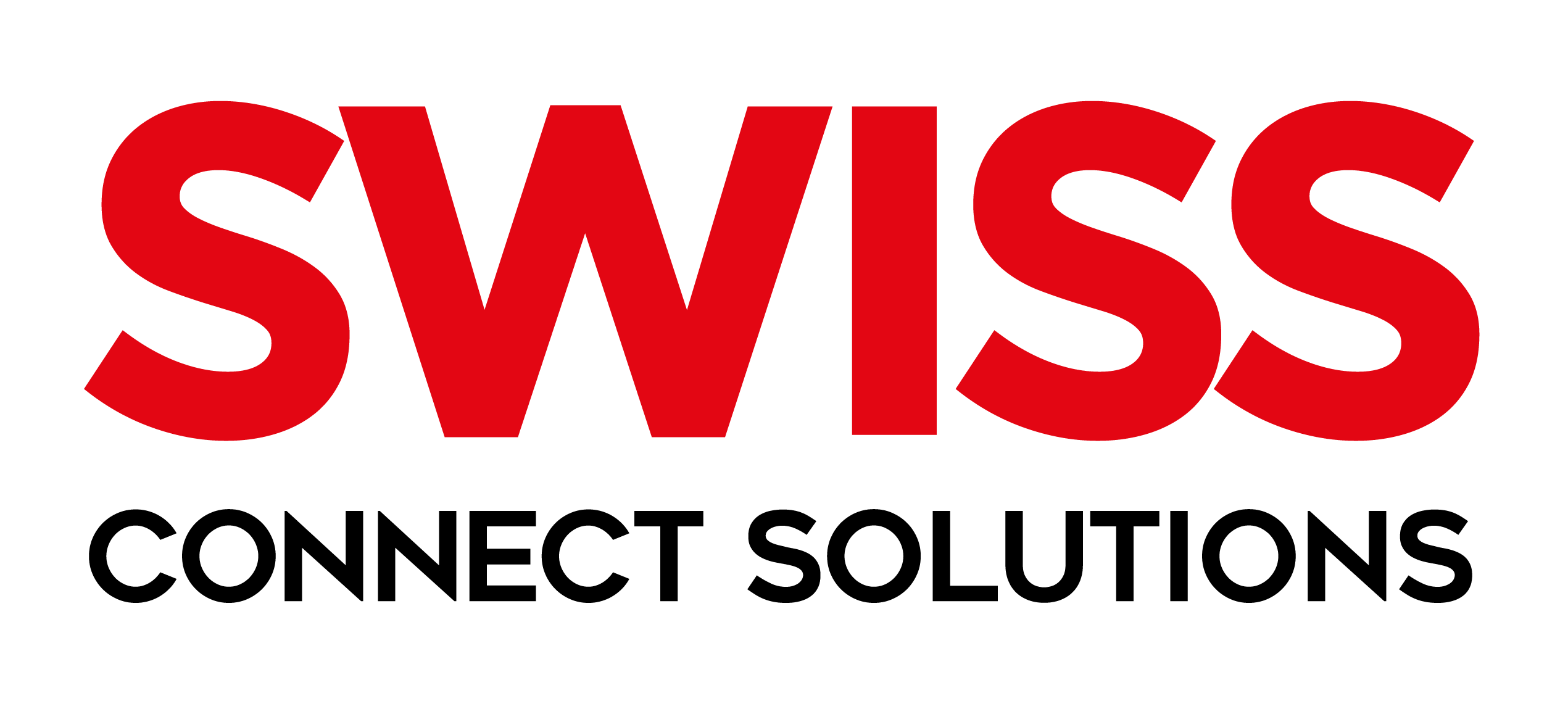Difference Between HR Business Partner (HRBP) and Traditional HR Roles
In today’s evolving corporate landscape, Human Resources (HR) is no longer just about payroll, compliance, and employee onboarding. A new role has emerged to align HR more strategically with business goals — the HR Business Partner (HRBP).
But what exactly sets an HR Business Partner apart from a traditional HR professional? Let’s break it down.
What Is Traditional HR?
Traditional HR professionals are typically responsible for core administrative functions within a company. These roles include:
- Recruitment and onboarding
- Payroll and benefits administration
- Employee records and compliance
- Employee relations and grievance handling
- Training and development
These tasks are essential for keeping the organization running smoothly and ensuring that it meets all legal and procedural requirements.
What Is an HR Business Partner (HRBP)?
An HR Business Partner is a more strategic role that works closely with senior leadership and business units. Instead of focusing solely on administrative tasks, an HRBP aligns HR strategy with overall business goals.
Key responsibilities of an HRBP include:
- Strategic workforce planning
- Leadership development and coaching
- Organizational change management
- Talent strategy and succession planning
- Using HR analytics to drive decision-making
Think of the HRBP as a consultant within HR who provides insights and guidance that directly affect company performance.
Key Differences Between HRBP and Traditional HR
| Aspect | Traditional HR | HR Business Partner (HRBP) |
|---|---|---|
| Focus Area | Operational and administrative tasks | Strategic alignment with business goals |
| Reporting Level | Middle management or departmental | Works directly with leadership and executives |
| Approach | Reactive – handles issues as they arise | Proactive – plans workforce strategies ahead |
| Role in Decision Making | Limited | High – often part of key strategic meetings |
| Skillset | HR policies, compliance, and procedures | Business acumen, strategic thinking, change management |
| Performance Metrics | Efficiency of HR processes | Impact on business outcomes and growth |
When Do Companies Need an HRBP?
Organizations typically bring in HR Business Partners when:
- They are scaling quickly and need HR strategies aligned with growth
- They are undergoing organizational change or restructuring
- Leadership wants HR to play a more proactive role in business development
- They operate in complex, multi-functional teams or across global locations
Can One Person Be Both?
In smaller companies or startups, HR professionals may wear both hats — handling administrative duties while also contributing to strategy. However, as the organization grows, the distinction becomes clearer, and having a dedicated HRBP becomes essential.
Conclusion
While both HR and HRBP roles are crucial, the main difference lies in their scope and focus. Traditional HR ensures the organization runs smoothly, while HR Business Partners shape the future of the company by aligning people strategies with business objectives.
As businesses continue to evolve, so does HR — and understanding this difference can help organizations structure their people teams more effectively.


